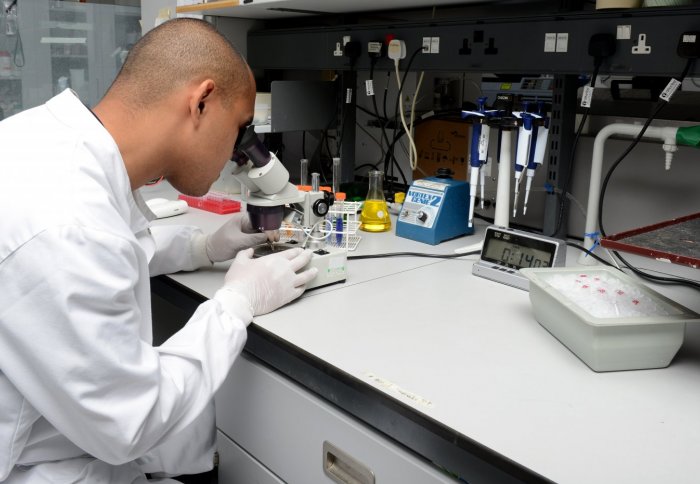

An award has been made to Professor Maria Belvisi of the National Heart and Lung Institute (NHLI) to support research into the use of human tissue.
An award of £400k has been made to Professor Belvisi to support a study into expanding the use of human lung tissue to reduce the use of animal tissue in research. The award will support the development of a standardized approach for the collection, distribution and use of human lung tissue. An important aspect of the research will be to assess the viability of post-mortem lungs for research purposes, potentially massively increasing the amount of human tissue available.
Professor Maria Belvisi sits on the Asthma Advisory Board for the National Centre for the Replacement Refinement & Reduction of Animals in Research (NC3Rs). This group together with Asthma UK and the human tissue authority have been engaged in an exercise to investigate the use of human tissue for asthma research which they feel could reduce reliance on animal models which are often predictive of human disease.
A recent survey was undertaken with the UK asthma research community to better understand the extent of human tissue use and the potential barriers to use. The results from this survey illustrated the need for fresh whole human lung tissue for research but also indicated the barriers to obtaining this tissue. In response to this a grant application was submitted to NC3Rs to allow the formation of a strategic collaboration between academics and the NHS Blood and Transplant Tissue and Eye Services. The aim of which would be to open up a pathway to obtain fully ethically consented, human (normal and diseased) lung tissue for the UK scientific community, thereby reducing the need for animal tissue in research. This collaboration will investigate lung tissue but could be expanded to include almost every tissue or organ type in the body.
The focus of this work is on asthma and other respiratory diseases but the collaboration between Imperial Scientists (Belvisi, Birrell, Dubuis, Tetley, Donnelly, Griffiths) and scientists at King’s College London (Page, Ward), Leicester University (Bradding) and the Karolinska Institute in Sweden (Dahlen), with the UK’s NHS Blood & Transplant and NHS Tissue and Eye Services, could have applications to other human tissues and organs and be truly transformative. This strategic collaboration with the UK’s organ donation service could provide a pathway to improve the scientific community’s access to fully ethically-consented human material making the 3Rs potential of using human tissue a reality rather than a ‘pipe dream’.
The results from this survey have been analysed and are summarised in a survey report (Edwards J, Belvisi M, Dahlen SE, Holgate S, Holmes A. Human tissue models for a human disease: what are the barriers? Thorax. 2015 Jul;70(7):695-7).
Article text (excluding photos or graphics) available under an Attribution-NonCommercial-ShareAlike Creative Commons license.
Photos and graphics subject to third party copyright used with permission or © Imperial College London.
Reporter
Ms Helen Johnson
Strategic Programmes & Change

Contact details
Tel: +44 (0)20 7594 6843
Email: helen.johnson@imperial.ac.uk
Show all stories by this author


